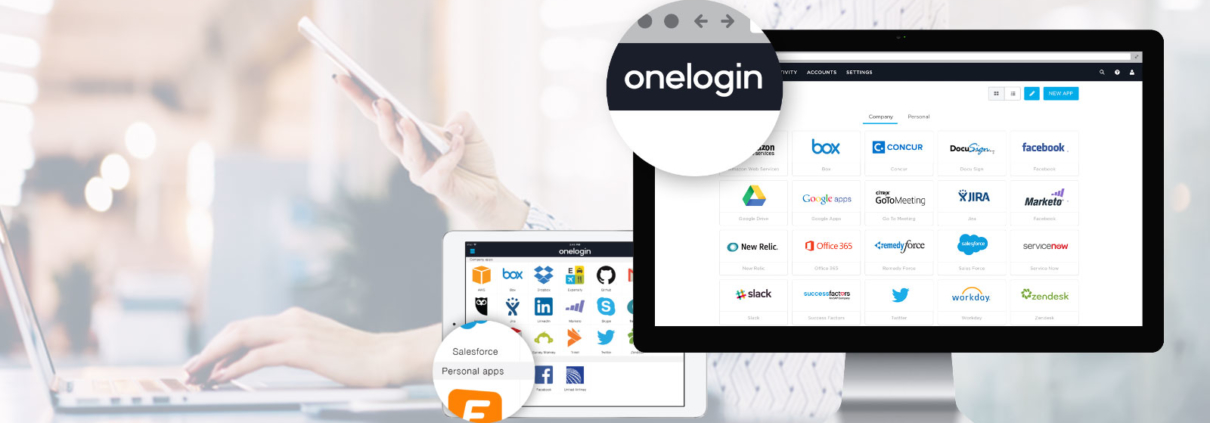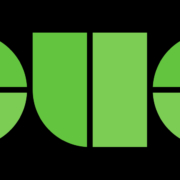As a security leader, it can be difficult to understand the gaps and potential vulnerabilities associated with identity and access management (IAM). Areas like access governance, identity management, Single Sign-On, two-factor authentication, and privileged identity management are helpful tools that provide great benefits to companies, but it’s also important to know the risks involved and how to mitigate them. When gaps in the IAM strategy can be identified, overall security practices can be strengthened and improved.
Why use an Identity And Access Management Maturity Assessment
Security professionals need an assessment tool because of the increased use of processes used to onboard new employees, authenticate employees’ identities, enable Single Sign-On, and more. Many companies also use proprietary applications and other approaches to managing employee access, which can pose various risks to business operations and organizations as a whole.
These approaches, however, can prove inaccurate and inefficient, depleting valuable resources and increasing possible risks. This, in turn, impedes the productivity of employees and slows down the very business processes that are necessary to maintain productivity and yield positive results.
Hackers rely on compromised accounts when extracting data, so it’s essential to ensure employees are given appropriate levels of access while protecting their information.
That’s why it’s crucial for an organization to track IAM risks to make sure all initiatives that involve digital identities align with the security processes put into place. Taking these steps ensures efficient business operations across numerous tasks without risking the exposure and compromise of sensitive employee identity information.
Components of the Identity And Access Management Maturity Assessment
The assessment has been structured to guide important IAM decisions. Metrics have been put in place to measure progress based on internal and external factors.
A quantifiable analysis is used to determine the probability of risks such as data sets, mitigation costs, downtime expenses, and more. This supports the mitigating efforts of cost justification.
The assessment also includes a formal budgeting process that will easily integrate into all security activities of your company. Metrics have also been created for tracking impact on company performance and return on investment as it relates to security.
Privacy policies are an important part of the assessment. This is used to maximize how the organization serves customers without compromising or violating compliance.
Access to internal, partner, or open products is protected so client credentials are issued, a process that is automated. This mitigates the risk of a wide variety of threats.
As threats are detected, the processes are continually reviewed to minimize the objectives of risk management.
Procedures are documented to support the integration of security measures. Requirements and best practices have also been created to check applications.
How the Identity And Access Management Maturity Assessment affects the use of Single Sign-On
Single Sign-On presents several distinct advantages to employees, making it possible for them to utilize a multitude of applications across multiple systems without the need to type in separate usernames and passwords for each. According to the Identity Automation Blog, “automating these tasks means IT no longer has to waste valuable time and resources creating and managing accounts or provisioning and deprovisioning systems and target applications.”
The Maturity Assessment ensures all data entered and used while employees are signed into the numerous applications is protected by adhering to all standards and requirements set forth.According to CS Online, “Password fatigue, cloud sprawl, and developer simplicity are pushing the rise of SSO.” Because of this, more and more companies are implementing SSO into day-to-day business processes, which makes the Maturity Assessment even more relevant as businesses continue to move forward with finding more efficient ways to protect employees and organizational processes.




![Cisco Umbrella Customer Experience: Yelp [Video]](https://www.splendidtechnology.com/wp-content/uploads/2019/05/ScreenShot2019-05-23at3.45.13PM-9900000000079e3c-180x180.png)







